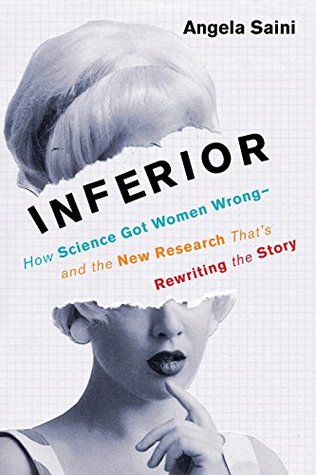More on this book
Community
Kindle Notes & Highlights
by
Angela Saini
Read between
September 20 - October 17, 2021
“No matter how neutral the initial presentation of information, people do tend to gradually recruit the stereotypes and the associations that are prevalent in a culture and then project that,” she explains. It’s part of being human. We tend to interpret new information by categorizing it, using whatever understanding we already have, even if this is prejudiced.
“If you take any two brains, they are different, but how they differ between any two individuals, you cannot predict,” she explains. By this logic, there can’t be any such thing as an average male or average female brain. We are all, each one of us, a mix. Our brains are intersex.
Older siblings had a more positive effect than anyone besides the mother. After this came grandmothers, then fathers, followed far behind them all by grandfathers.
The common thread that unites species in which females are particularly vulnerable to male violence is females being alone.
The world may seem better for women than it was in 1952, when Ashley Montagu wrote The Natural Superiority of Women, but in some ways it’s worse. Resistance from certain corners is so powerfully toxic that it threatens to overturn the progress that’s been made.
us. Because what science tells us about women profoundly shapes how society thinks about the sexes. The battle for minds in the fight for equality has to include the biological facts.


